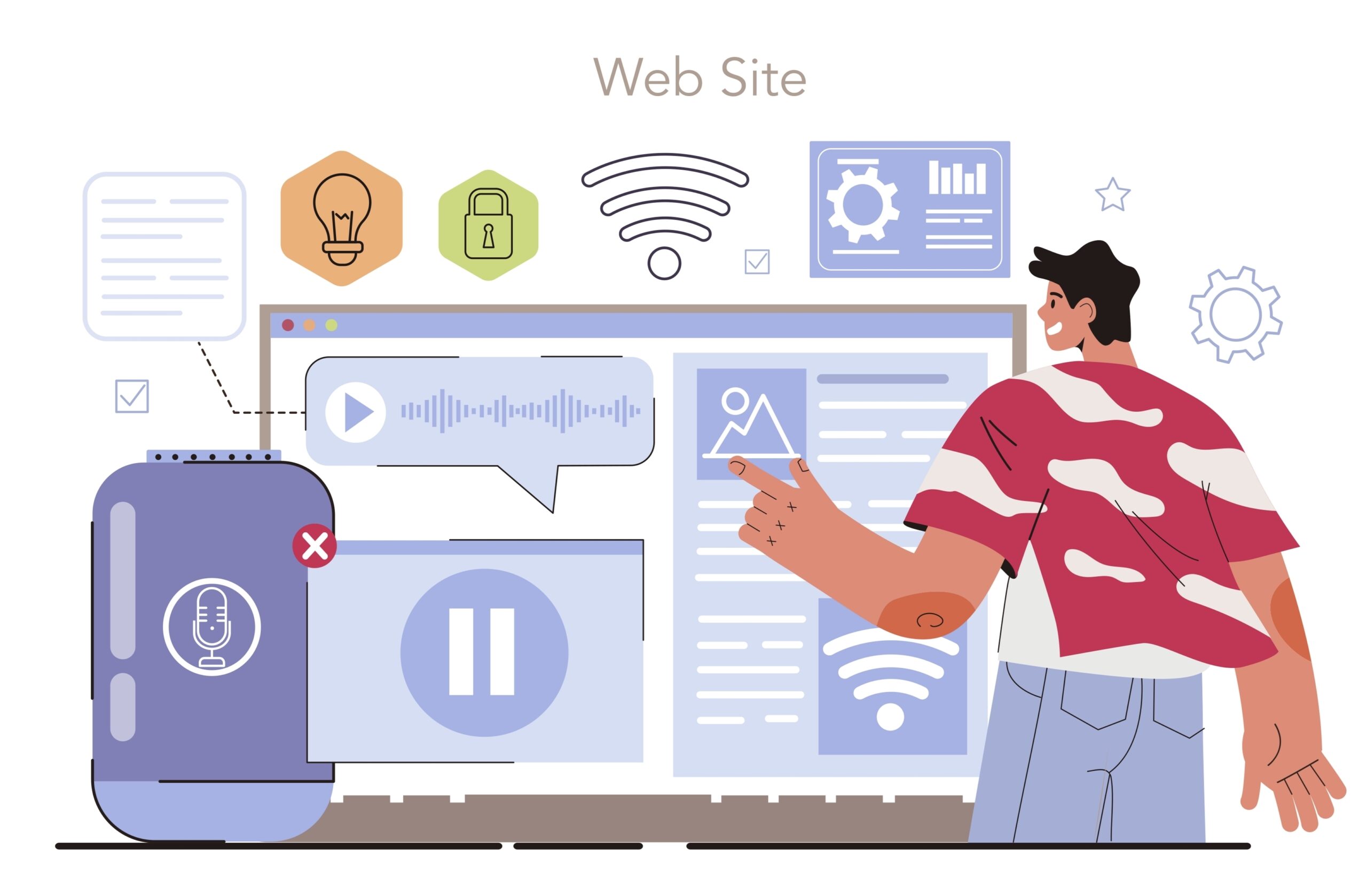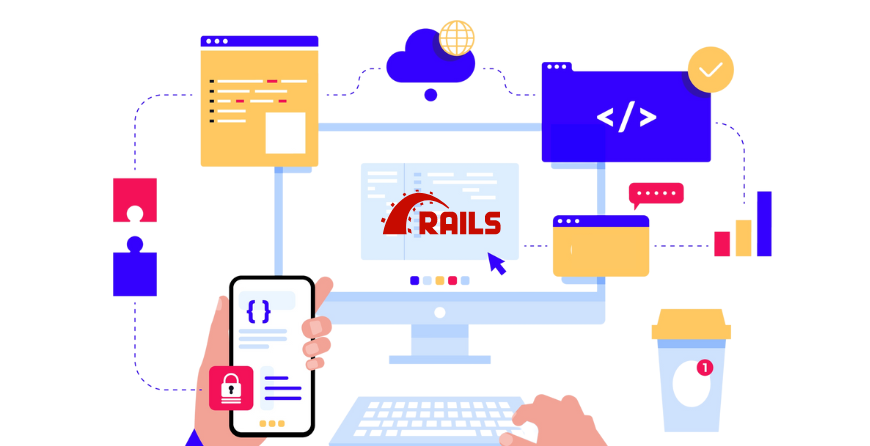You have an idea to build a startup. But to put the idea into execution, you need to build a startup development team.
But running a successful startup is a daunting task. Especially when you are planning to build a remote startup development team.
No entrepreneurs will ever say, “You know, I built my startup so easily that I want to build five more.” Pun intended.
Anyways, building a startup development team at a traditional office (no matter how big or small) often requires a sense of structure and community. It becomes difficult to replicate the same setting while building a remote startup development team.
However, with the right strategies, tools and mindset, it is possible to build a successful remote startup IT team. It should be noted that building a remote development team is not the goal. The focus and the ultimate goal of building a successful startup is productivity and growth.
In this blog post, we will outline some key best practices for building and managing a remote team

Definition of Startup Development Team
A startup development team consists of skilled and experienced professionals executing your fine ideas to build a product. These individuals that you are planning to hire will be responsible for designing, building and maintaining your software products.
The main goal of your startup development team will be to create innovative and viable products or services that solve problems or meet the needs of the target audiences.
To build a successful software development team for startups you need to hire the following professionals:
- i) Project manager
- ii) Business analyst
- iii) Team leads (design and development)
- iv) UX designer
- v) UI designer
- vi) Frontend developer
- vii) Backend developer
- viii) DevOps
- ix) QA engineer
What is a Remote Startup Development Team?
Just like your startup development team, a remote startup development team also consists of experienced and skilled professionals working together to develop software or technology products or platforms, but aren’t physically located in the same office or geographical location (Why does remote work always remind me of COVID?).
A remote software development team is distributed across different cities, countries and even continents. This team will use cutting-edge tools and technologies to communicate and collaborate remotely.
A study by Global Workplace Analytics found that companies can save an average of $11,000 per year for every employee who works remotely at least half the time.
It is just one advantage. Building a remote startup development team and managing it successfully will greatly save company expenditure. Though established and big companies aren’t greatly helped by remote work. But for a startup, remote work is the game-changer.
Startup Team Structure
A startup team structure is a hierarchy of employees working together in your startup. It refers to the way you organize your team and their roles and responsibilities.
You must have a clear and defined structure stating the duties and responsibilities of each employee to ensure efficient operation within your startup. Also, determining coordination and collaboration among departments keeps a smooth flow of information. These practices will ensure the smooth functioning of your startup company and help achieve your business goals.
As a startup company, it is important to have a fluid and adaptable software team structure so that you can quickly change the direction of your growth in response to market conditions and customer needs.
There are commonly three startup team structure models: The Hierarchical model, The Flat organizational model, and the Hybrid model.
In the hierarchical model, the software team is organized into a traditional hierarchy with a clear chain of command and well-defined roles and responsibilities. This model is often used in more established startups that have a larger team and more complex operations.
The Hierarchical Startup Team Structure Model
In the flat organizational model, the startup team structure is organized into smaller, cross-functional teams with minimal hierarchy and more autonomy. This model is often used in early-stage startups that need to be agile and responsive to change.
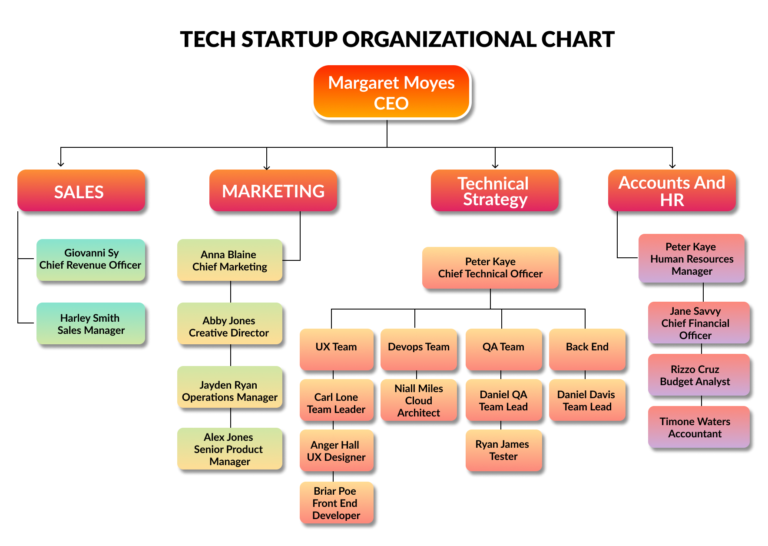
The Flat Startup Team Structure Model
In the flat organizational model, the team is organized into smaller, cross-functional teams with minimal hierarchy and more autonomy. This model is often used in early-stage startups that need to be agile and responsive to change.
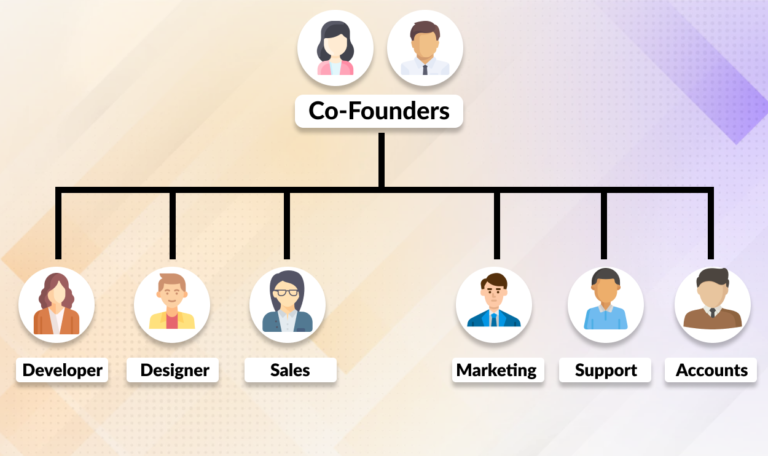
The Hybrid Model
In the hybrid model, the startup team structure combines elements of both the hierarchical and flat organizational models, with a mix of traditional roles and more autonomous, cross-functional teams. This model is often used in startup companies that are somewhere in between the early and late stages of growth.
Software Development Team For Startup
In the earlier section, definition of a Startup Development Team, we have seen several roles that you should hire to run your startup. Here we will discuss their responsibilities briefly.
1. Project Manager
A Project manager oversees the development process and ensures that the project meets deadlines. They work with project management software and tools to create and manage project plans, assign tasks, and track progress.
2. Business Analyst
A business analyst analyzes the business needs of the startup company and identifies how technology can be used to meet those needs. They work with stakeholders to gather requirements, create business and technical documents, and perform data analysis.
3. Team leads (design and development)
A design team lead manages a team of designers or developers, sets project goals and ensures the team has the resources and support it needs to be successful.
4. UX designer
An UX designer is responsible for designing the user experience (UX) of the software products or platforms being developed. They work with wireframing tools, prototyping tools, and design software to create mockups and prototypes.
5. UI Designer
A UX designer designs the user experience (UX) of the software being developed. They work with wireframing tools, prototyping tools, and design software to create mockups and prototypes.
6. Frontend Developer
A front-end developer develops the front end (client-side) of the software using technology like HTML, CSS, JavaScript and more.
7. Backend Developer
A backend developer is responsible for implementing the backend (server-side) of the software products or platforms, including the database, server-side logic, and APIs.
8. DevOps
DevOps work on the continuous integration and deployment of software. They work with tools like Jenkins, Docker, and Kubernetes to automate the build, test, and deployment processes.
9. QA Engineer
A QA engineer tests the software to ensure they are of high quality and meet the requirements of the project. They work with automated testing tools, as well as manual testing techniques, to identify and resolve defects.
Software Development Team Structure
In your startup company, the most important professionals are the CEO and the CTO. These two individuals will oversee different aspects of your startup.
If you are the CEO of your startup, then you will be responsible for:
- i) Marketing & Sales
- ii) Legal stuff
- iii) HR
- iv) General management
- v) Supervising and communicating with the CTO
Now, the startup can’t only go forward with you. So you need to hire one CTO (Chief Technical Officer) who will oversee the following departments of your startup.
As the name suggests, a CTO is responsible for looking after the technical part of your startup. A CTO will oversee:
- i) UX team
- ii) Backend team
- iii) DevOps team
- iv) QA team
Here, the following figure shows the technical roles i.e. what professionals a CTO chooses to build a remote software development team.
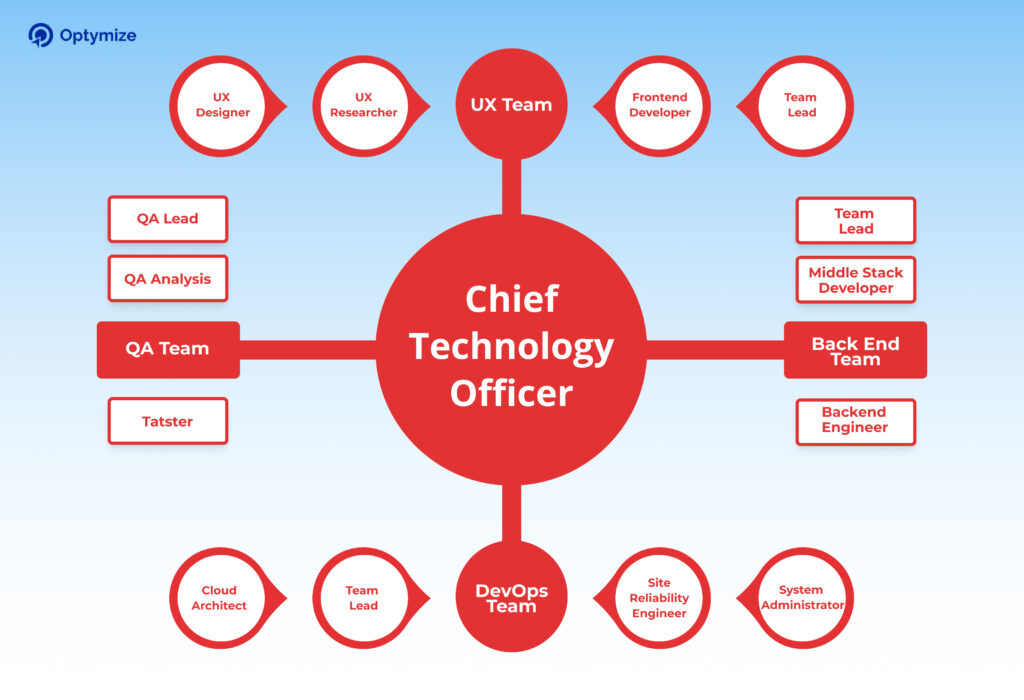
How to Build a Successful Remote Startup Development Team: A Step-by-Step Process
1. Defining clear goals and allocating the required budget
Before building a software development team, define clear business goals and establish a budget. Explicitly communicate your business goals by breaking them down into smaller, more manageable objectives. Identify the primary problems you want to solve with your product, and use them to guide your development efforts.
When it comes to budgeting, allocate money for each phase of the development process to ensure that you have sufficient resources to see the project through to completion.
Check out our video on 4 Basic Mistakes to Avoid While Managing a Remote Team
2. Turn your idea into a product audience can use
It is important to thoroughly document your idea before building a software development team. Clearly articulate your vision for the product, including the features and functionality that you want it to have. Identify your main product requirements, including any specific design or functional constraints. This will help guide your development efforts and ensure that your team has a clear understanding of what you are looking to achieve.
By thoroughly documenting your idea, you can help your development team understand your vision for the product and ensure that they are working towards a common goal. This can help streamline the development process and increase the chances of success.
3. Hire your Startup Development Team
Here are five websites that you can use to hire remote software engineers:
Optymize: It is a pre-vetted freelancer hiring platform. Optymize focuses on making the remote hiring process easier by providing skilled and experienced remote developers and engineers. If you are planning to hire a developer or a team of developers for your startup, then Optymize is the place you should check out.
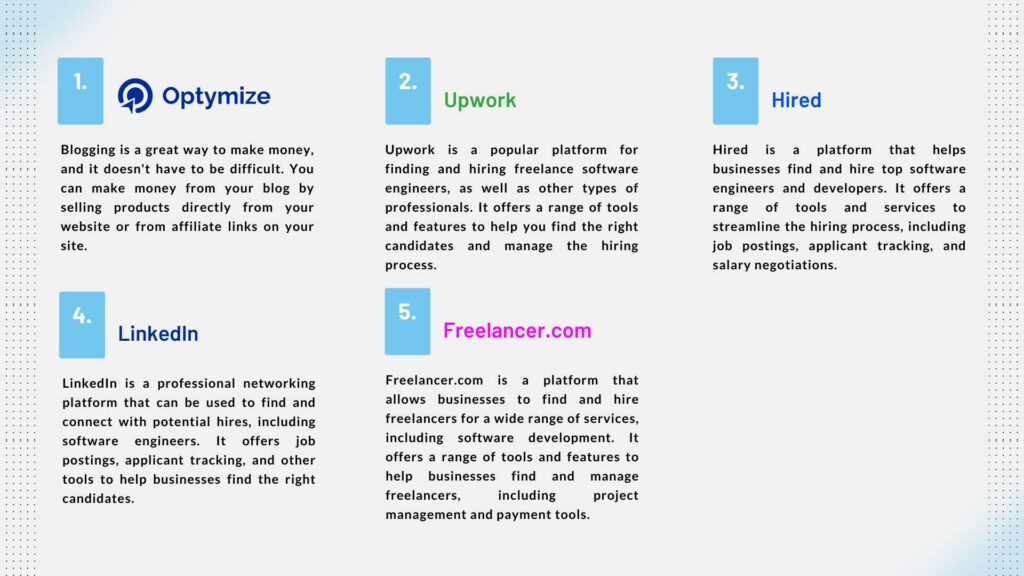
4. Create a KPI and Start Your Startup Journey
A Key Performance Indicator (KPI) is a measure of performance used to evaluate the success of a company or project in achieving its goals.
To get started with creating a KPI, you should first identify your main goals or objectives. These should be specific, measurable, achievable, relevant, and time-bound (SMART). For example, if your goal is to increase customer retention, you might set a KPI of reducing churn by a certain percentage within a specific timeframe.
Once you have identified your goals, you can select the appropriate metrics to use as a KPI. For example, if your goal is to increase customer retention, you might use metrics such as customer lifetime value (CLV) or customer retention rate (CRR).
It is important to regularly track and monitor your KPIs to ensure that you are making progress towards your goals and to identify any areas for improvement.
What are the challenges to building a Startup Development Team?
There are many challenges while building a startup development team.
1. Finding the right talent
It can be difficult to find experienced software developers who are a good fit for your company’s culture and needs. This is especially challenging for startups competing with larger companies for top talent.
2. Managing remote startup development teams
If you are building a remote startup development team, facilitating effective communication and collaboration compared to a co-located team is difficult. It is important to use the right tools and technologies to facilitate remote work, and to establish clear communication channels and protocols.
3. Managing cost and budget
Building a startup development team is expensive, especially for startups with limited resources. Carefully manage your budget and allocate resources effectively to ensure that you are getting the most value for your money.
4. Ensuring quality and meeting deadlines
For a startup, sometimes it is challenging to meet deadlines and deliver on time, especially if there are unexpected delays or issues that arise during the development process.
Tips to successfully manage your remote startup development team
Clearly define roles and responsibilities
Clearly define the roles and responsibilities of each team member to ensure that everyone knows what is expected of them and how they fit into the overall project.
Use the right tools and technologies
To facilitate effective communication and collaboration, use the right tools and technologies, such as project management software, messaging and video conferencing platforms, and online collaboration tools.
Establish clear communication channels
It is important to establish clear communication channels and protocols for how team members will communicate with each other, as well as with stakeholders outside the team.
Set expectations and establish trust
Trust is crucial in a remote startup development team. It is important to set expectations and establish trust from the beginning. This includes setting clear guidelines for how team members will work together, as well as establishing trust through open and transparent communication.
Foster a sense of community
It is difficult to foster a sense of community and team cohesion in a remote startup development team. To overcome this challenge, create opportunities for team members to interact and connect with each other, such as virtual team-building activities or online social events.
Encourage continuous learning
To keep the team engaged and motivated, encourage continuous learning and professional development. To ensure this, you can provide access to online training resources, host regular knowledge-sharing sessions, and encourage team members to attend industry events and conferences.
How Do You Start a Development Team?
To start a development team, you can follow these steps:
- Clearly define the project scope, timeline, and expectations for the team.
- Hire individuals with the necessary skills and experience to achieve the team’s goals.
- Make sure that everyone is on the same page and able to communicate effectively.
- Establish a project management approach, coding standards, and other processes to ensure the team is productive and efficient.
- Choose the tools, platforms, and technologies required for the team to complete their work effectively.
- Regularly review the team’s progress, address any issues, and make changes as needed to ensure the team is on track to meet its goals.
- Invest in the team’s professional development by providing training, mentorship, and support as needed.
Building a Startup Development Team: How Optymize Can Help You?
Optymize is a pre-vetted freelance hiring platform. Our freelancers are most fit for startup jobs. Because Optymize uses Talent Cloud Solution to vet remote software engineers. At Optymize, our freelancers have extensive experience in working with software teams from around the globe. Our freelancers worked on specific projects and created innovative solutions for startups.
At Optymize, we offer a range of remote software developers to help startups bring their products to life, including support at every stage of development and expert advice on a variety of issues.
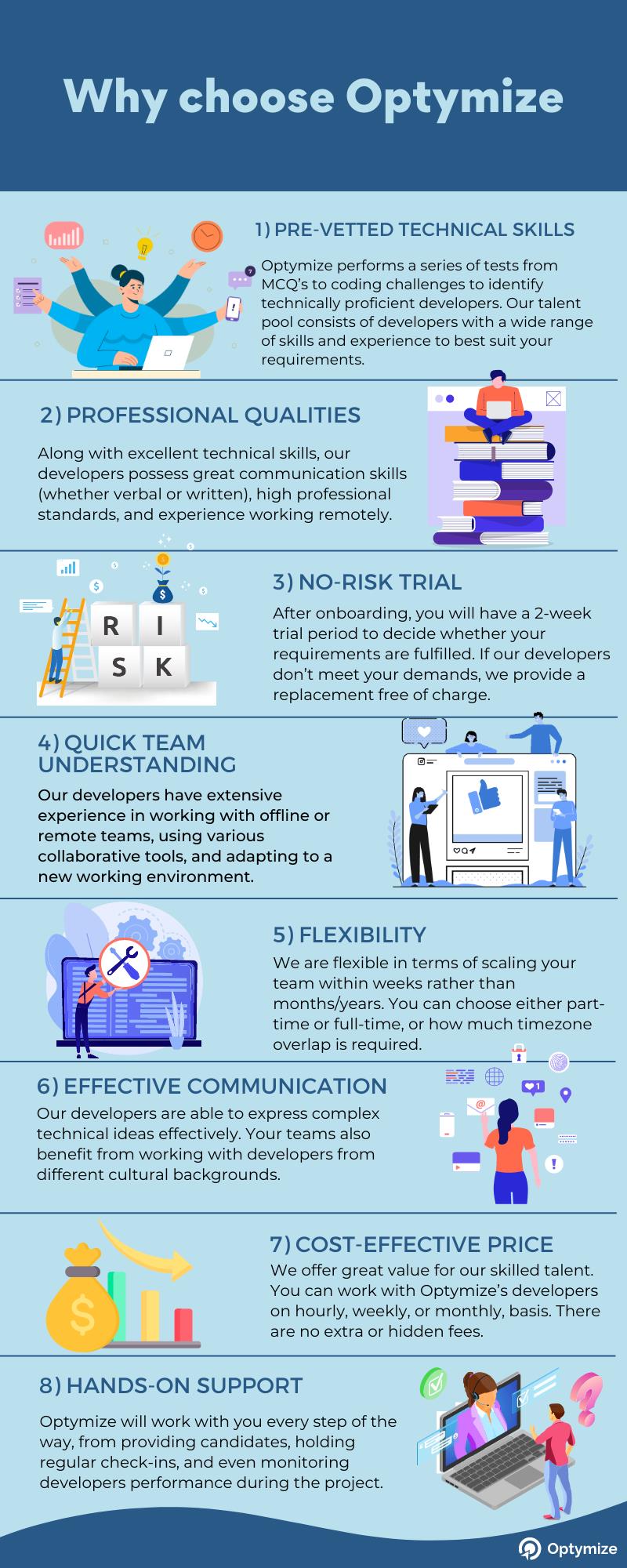
After getting to know your company and your project, Optymize can help you fill startup job positions within 48 hours.
We can help you build a software development team that meets your specific needs and requirements. Our team has the skills and expertise to help you succeed and take your startup to the next level.
Our platform has more than 700+ pre-vetted freelance software engineers from around the globe. They are skilled and have experience working with many Fortune 500 companies.
Don’t just believe what we say. Read our case studies here.
Conclusion
We can all agree that building a remote startup development team is a complex and challenging process. But a strategic startup development team roadmap will help you demonstrate a well-articulated plan for your startup business. By using the right strategy and being proactive in your search, you can build a startup team that is well-suited to your needs and can help bring your ideas to fruition.
If you are ready to turn your idea into a reality, the Optymize team is here to help. We have the expertise and experience to support you through all stages of product development.
Contact us today to learn more about how we can help you achieve your goals and build your dream team.




